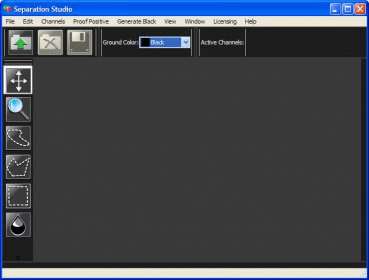
It's not without its faults, but we were pleasantly surprised with the quality of the Echo Studio’s sonic performance. Doing it from a single speaker source is even more challenging. Getting directional audio to work and be immersive is difficult. Here, you'll be happy to hear that even with the Echo Studio's increased volume output, the onboard far-field mics do surprisingly well to pick up your commands even over the din of its own loud music output. That such functionality has become second nature to users, and now almost an expectation of other rival speakers, is a testament to just how ground-breaking the Echo line was in the first place.

Set timers, reminders and alarms control smart home devices play back music get facts and trivia, all by asking questions with your voice. Essentially then, this is a replacement for the Echo Plus, Amazon’s previous smartest and 'best-sounding' speaker.Īs for the rest of the feature set, if an Echo speaker can do it, the Studio can. With ZigBee support built in, all the most popular smart home devices will pair seamlessly with the Echo Studio and into the Alexa ecosystem. It’s worth noting that the Echo Studio acts as a smart home hub too.
SPOT PROCESS SEPARATION STUDIO 4 REVIEW TV
Amazon says Fire TV devices will wirelessly hook up for Dolby Atmos mixes through this process, but you’ll also be able to get your TV hooked up over a mini optical input (though this method looses access to the premium Atmos mixes). Just set them up in the Alexa app as left and right channels respectively, and you open up a 5.1.4 channel home cinema array. Get a pair of Echo Studio speakers and you can make a stereo pair for immersive TV audio mixes. The mics on the Echo Studio are constantly listening to its output, adapting the sound mix for your environment and the output needed for each track. To pull this off, the Echo Studio is bouncing sound around the surfaces of your room, introducing micro-delays to certain parts of a track to make them appear to come from all around you. Sony has its own format, Sony 360, which is also being supported by the Echo Studio. It’s increasingly being used in music studios too, with the likes of Universal Music Group and Warner Music Group offering tracks in the format. The directional audio system, now a mainstay of quality home theater setups, uses object-based soundtracks to put sounds above and around the listener. Tapping into the new Amazon Music HD service, the Echo Studio will have access at launch to a growing library of "hundreds" of songs mixed in '3D', while also upmixing stereo tracks by default to a Dolby Atmos mix. As a result, you're going to need to keep a bit of space around the Echo Studio in order to take advantage of that directional sound. Its size means you’re going to have to think about where you’re going to place the Echo Studio – it won’t fit quite so discreetly onto a shelf as other Echos have.Īnd there’s another thing to consider here too – its directional sound capabilities. You’ll also notice two cut-aways inside the Echo Studio enclosure, allowing air to flow freely to help it pump out bass at high volume. Volume buttons sit on the top, along with a mic mute and Alexa-wake button, with the signature blue-light ring also present. The Echo Studio pumps out 330 watts at peak, via two two-inch side-mounted mid-range speakers, a two-inch upward firing midrange speaker, a 1-inch front-facing tweeter, and a 5.25-inch downward-firing sealed woofer.

It’s a big unit then, and it offers output to match. It's roughly eight inches high by seven inches wide. While the Echo Studio continues that same design language, being cylindrical in shape and covered with a fabric mesh, it’s considerably larger than any Echo that’s gone before it – like someone’s zapped a standard Echo with a gamma ray and made it grow to at least twice the size, Hulk-style.

We've become used to Amazon Echo speakers looking pretty similar, especially the standard Echo and the Echo Plus.

(Image credit: Future) Design and features


 0 kommentar(er)
0 kommentar(er)
